Designed by Amon Henry Wilds (1790-1857), The Albion Hotel opened its doors on July 27th, 1826. A classified advertisement in the newspaper announced:
R. STUCKEY respectfully begs leave to inform the Nobility, Gentry, and Visitors of Brighton that he has this day OPENED the above splendid establishment and hopes by attention and moderate charges to have the honour of their patronage and support
The Albion is an exceptionally elegant four-storey building in the heart of the city with impressive Corinthian and Ionic columns, Doric and Ammonite pilasters, balconies, shell decorations and a large Doric porch.
The hotel faces inward, away from the sea because, at the time, guests preferred to look at the gardens of the Royal Pavilion, which extended onto the Old Steine.
In 1847 it was renamed The Royal Albion Hotel due to its patronage by a number of distinguished visitors, and the Royal coat of arms was placed over the entrance.
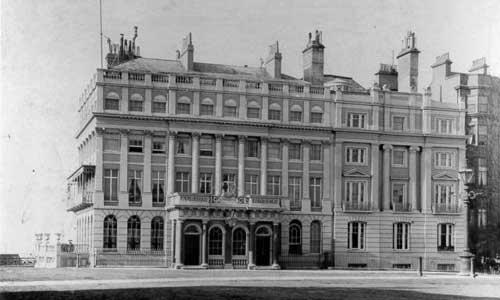
By the early 1900s, the popularity of Britain's seaside resorts was once again in decline. Rich and fashionable visitors had departed for more exotic climes, the middle classes were moving further afield,
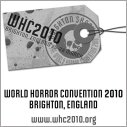
|
According to the Ward Lock Guide to Brighton, Hove and District, published in 1908, the cost of a single room at the Royal Albion Hotel around this time was 4/- (four shillings, the equivalent of 20 pence today), while a double room was 8/- (80p). Breakfast would set you back 3/6 (18p), and dinner was 5/- (25p).
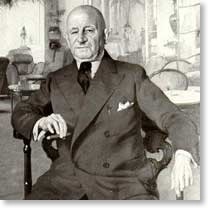 In 1901 Harry Preston, a charismatic and well-liked figure in Brighton, sank every penny he had into
the town's near-derelict Royal York Hotel (now the Royal York Buildings) and totally refurbished
it. Preston was born in Cheltenham on February 9th, 1860, the son of a solicitor. A former publican,
he entered the hotel business around the turn of the twentieth century. Preston had a wonderful feel
for publicity, and he wined and dined the editors of the London newspapers, encouraging them to promote
the town and his new hotel to visitors, especially motorists. The result was spectacularly
successful. Trade quintupled, and he sold the Royal York to Brighton Corporation in 1930.
In 1901 Harry Preston, a charismatic and well-liked figure in Brighton, sank every penny he had into
the town's near-derelict Royal York Hotel (now the Royal York Buildings) and totally refurbished
it. Preston was born in Cheltenham on February 9th, 1860, the son of a solicitor. A former publican,
he entered the hotel business around the turn of the twentieth century. Preston had a wonderful feel
for publicity, and he wined and dined the editors of the London newspapers, encouraging them to promote
the town and his new hotel to visitors, especially motorists. The result was spectacularly
successful. Trade quintupled, and he sold the Royal York to Brighton Corporation in 1930.
In the meantime, in 1913 Preston purchased the nearby Royal Albion Hotel for £13,500, helped by a loan from Sir John Blaker, the chief magistrate of Brighton. By then the building was in a very dilapidated condition and three years earlier it had been closed down. Preston restored the fortunes of the Royal Albion, turning it into one of the most famous hotels in the world. During the 1920s and early '30s it became the town's leading venue, where its owner entertained many of the most famous authors, artists, actors and sportsmen of the day.
Harry Preston was knighted by the King on July 12th, 1933. He died on August 15th 1936 at the Royal Albion Hotel and is buried in Cuckfield churchyard, not far from his country residence, Apple Tree Cottage in Ansty. It is reported that at his funeral, 400 floral tributes were transported from Brighton on eight carriages, while the streets were lined with mourners.
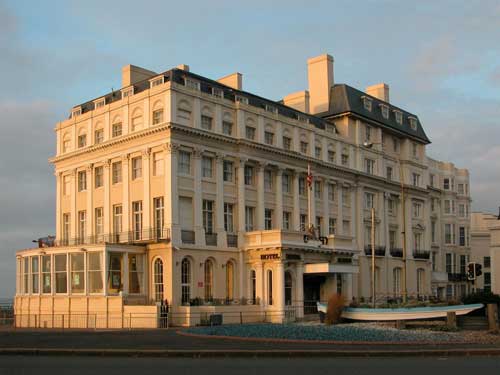
The present Royal Albion Hotel actually comprises a number of different edifices that have been combined over the years into a single structure full of meandering corridors and perplexing staircases.
The original hotel now forms the eastern side of the building. The Albion Rooms, which are contained in the
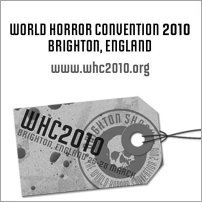
|
The Albion Rooms were forced to close in 1869, and their fine library and collection of artistic artefacts formed the basis of Brighton's Public Library. In the 1970s the rooms became a nightclub, but that establishment eventually closed as well, and it was converted as part of the post-fire renovation scheme into the current Britannia Suite and private bar function facility.
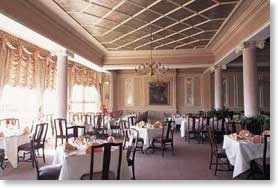 The present western wing of the Royal Albion was built in 1856 as the Lion Mansion Hotel, on the
site of the Williams Royal Hot and Cold Baths. Its sea-front façade features a Doric porch with two
lions and sports a plaque in memory of British Prime Minister William Gladstone (1809-98), who often stayed at
the hotel. Harry Preston purchased the building in 1920, and the Lion Mansion changed its name to the
Adelphi before it was eventually absorbed into the Royal Albion in 1963. The original lift, which serviced
the Lion Mansion Hotel, is still in existence, but it is no longer in use.
The present western wing of the Royal Albion was built in 1856 as the Lion Mansion Hotel, on the
site of the Williams Royal Hot and Cold Baths. Its sea-front façade features a Doric porch with two
lions and sports a plaque in memory of British Prime Minister William Gladstone (1809-98), who often stayed at
the hotel. Harry Preston purchased the building in 1920, and the Lion Mansion changed its name to the
Adelphi before it was eventually absorbed into the Royal Albion in 1963. The original lift, which serviced
the Lion Mansion Hotel, is still in existence, but it is no longer in use.
On the seaward Grand Junction Road side of the hotel stood Clive House. It was built in 1848 and run as a boarding house until it was incorporated into the Lion Mansion Hotel. The Palace Pier refreshment rooms were situated on the ground floor from 1913-37, and for the next forty-two years it served as the popular Tussauds Waxworks tourist attraction. It then became a coffee shop before being rebuilt as part of the Royal Albion Hotel.
Parts of the hotel are now Grade II listed buildings, while the western wing is on the council's list of local buildings of special interest.
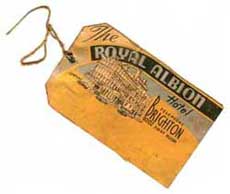 In 1939, the hotel was requisitioned by the War Office for military use during the Second World War. Sold
at this time to a Mr. Sidney Jones by Sir Harry's widow, Lady Edith Preston, the new owner used funds
made available by the War Office to refurbish the hotel. It was re-opened in October 1947 by Mrs.
Guinness. The hotel was then sold to brewers Ind Coope and was managed by Wing Commander Carford.
In 1939, the hotel was requisitioned by the War Office for military use during the Second World War. Sold
at this time to a Mr. Sidney Jones by Sir Harry's widow, Lady Edith Preston, the new owner used funds
made available by the War Office to refurbish the hotel. It was re-opened in October 1947 by Mrs.
Guinness. The hotel was then sold to brewers Ind Coope and was managed by Wing Commander Carford.
In 1978 the hotel was sold for £575,000 to the Southport-based Prince of Wales Hotels Group, and it changed hands again in 1987 when it was taken over by Park Hotels. In 1997 it was sold to the Britannia Group of hotels, who continue to manage it today.
In November of the following year, the hotel was severely damaged when a fire broke out in a ground floor kitchen and was spread by a vent up to the sixth floor bedrooms, destroying the top two floors. Sixteen fire engines and more than seventy fire-fighters attended the call, evacuating all 160 guests and staff without any injuries.
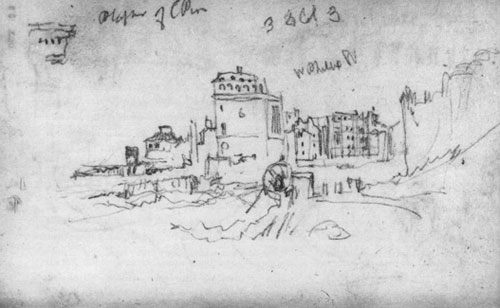
The hotel in a sketch by J. M. W. Turner, 1834—presumably during construction.
